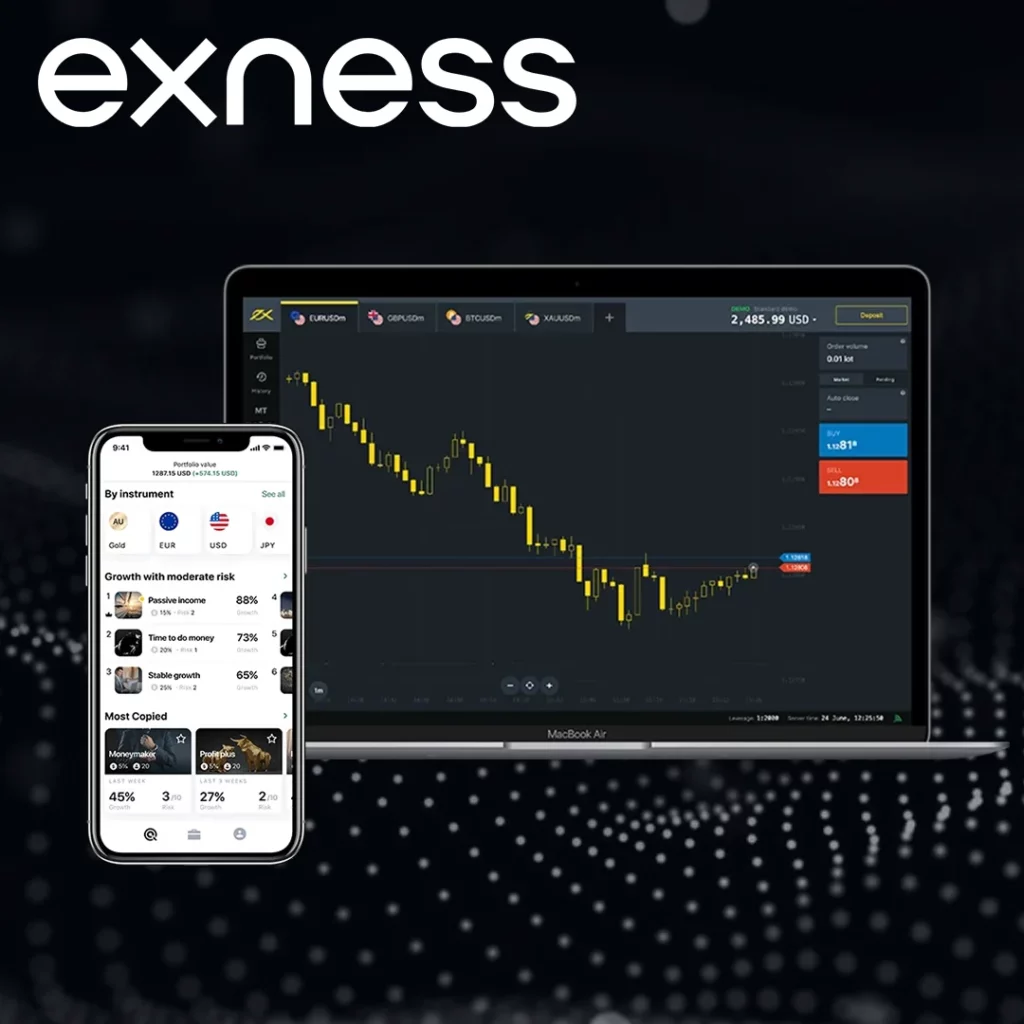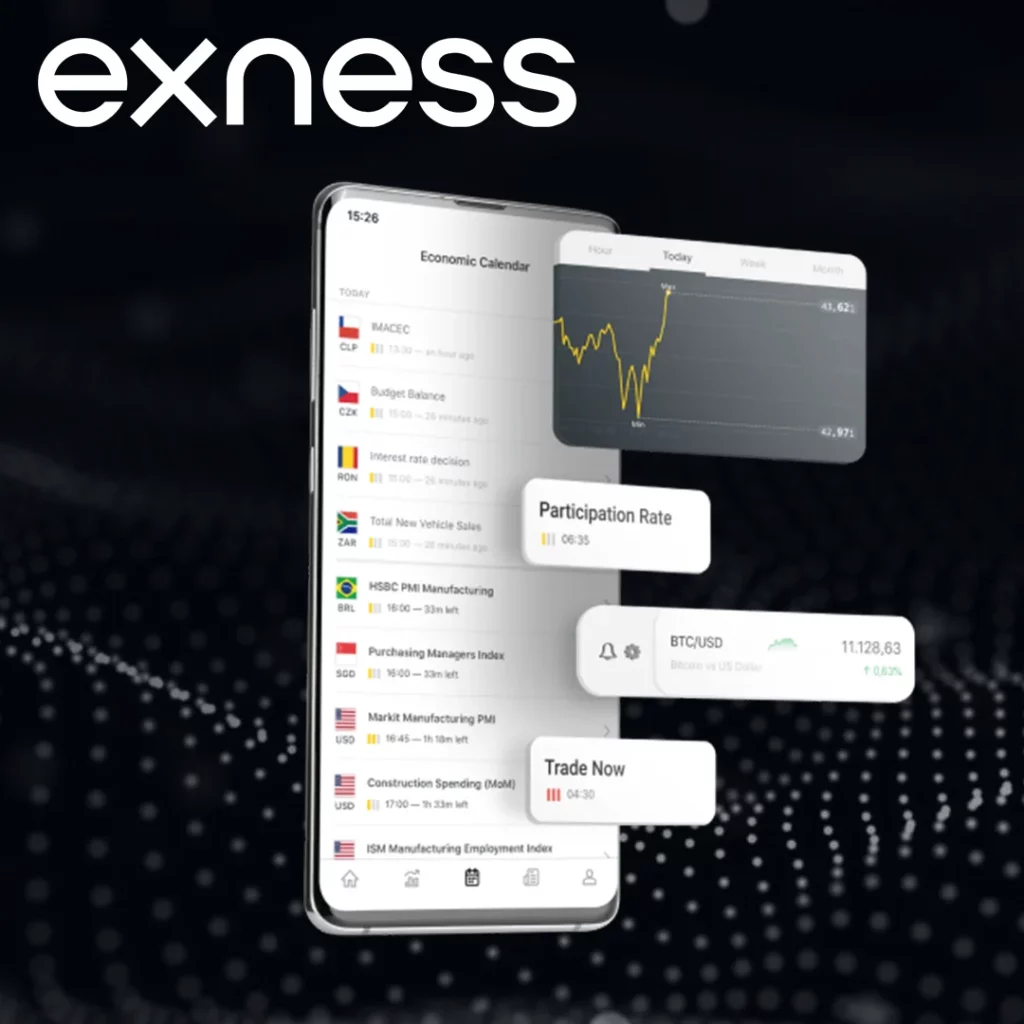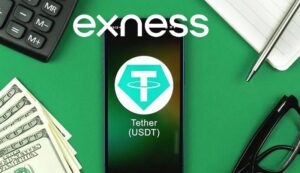When it comes to online trading, how and when orders are executed plays a central role in shaping both the trader’s experience and outcome. At Exness, order execution is designed to be fast, transparent, and efficient across all trading platforms. With technology-driven infrastructure and a deep liquidity pool, Exness has built a strong reputation for reliable execution, even during high market volatility.
What is Order Execution?
Order execution is the process of completing a buy or sell order in the financial markets. At Exness, this happens either via Market Execution or Instant Execution, depending on the trading account type and platform used.
The key difference lies in how the price is confirmed:
- Market Execution fills orders at the best available market price, without prior confirmation.
- Instant Execution attempts to fill orders at the exact price requested by the trader, and will return a re-quote if the price has changed.
In both methods, Exness uses real-time pricing sourced from its liquidity providers, ensuring a high degree of accuracy and fairness in price delivery.
Execution Speed and Infrastructure

One of Exness’ strongest features is ultra-fast order execution. With average execution speeds measured in milliseconds, latency is kept to a minimum — a critical factor for scalping, day trading, and high-frequency strategies.
Here’s a simplified look at execution speed benchmarks:
| Execution Type | Average Speed | Requote Frequency |
| Market Execution | ~25 milliseconds | No re-quotes |
| Instant Execution | ~35–50 milliseconds | Rare; depends on conditions |
Exness operates servers in key financial hubs and applies advanced routing protocols to optimize connection speeds. Traders using MetaTrader 4, MetaTrader 5, or Exness Terminal benefit from low latency regardless of their location.
Slippage and Price Improvement
In real market conditions, the price a trader sees and the price at which an order is filled may differ slightly. This difference is known as slippage — and it’s a normal occurrence in fast-moving markets.

At Exness, slippage can be:
- Negative: The order is filled at a less favorable price.
- Positive (Price Improvement): The order is filled at a better price than requested.
Unlike some brokers that avoid disclosing slippage details, Exness maintains a transparent policy. Orders are executed based on market depth and available liquidity, with no manual intervention. This means:
- No manipulation of pricing
- No artificial delays
- No order rejections due to profitability
Slippage Management Tools:
- One-click trading: Enables fast execution, reducing slippage in volatile markets.
- Trailing Stop: Automatically adjusts the stop-loss level in the trader’s favor as the market moves.
How Execution Differs by Account Type
Execution conditions at Exness are closely tied to the type of trading account a client is using. Each account has distinct pricing models, spreads, and execution logic.
| Account Type | Execution Type | Spread Type | Ideal For |
| Standard | Market Execution | Variable | Beginner traders |
| Raw Spread | Market Execution | Zero markup + commission | Scalpers & intraday trading |
| Zero | Market Execution | Zero on major pairs | High-frequency traders |
| Pro | Instant Execution | Low spreads | Precision entries |
Practical Tips to Optimize Execution at Exness
While Exness offers fast and accurate order processing, traders can still take steps to improve their execution experience. Here are several practical strategies:
- Choose the Right Account Type: Use Raw Spread or Zero accounts for ultra-tight spreads and faster execution during volatile periods. Choose Pro for tighter control over entry price when using strategies that rely on precision.
- Use VPS Hosting: For Expert Advisor users or high-frequency traders, connecting via a Virtual Private Server (VPS) reduces latency and improves stability — especially when markets are volatile.
- Avoid Peak Congestion: While Exness handles large order volumes efficiently, avoiding large economic news releases (unless part of your strategy) can minimize slippage.
- Apply Risk Management Tools: Use Stop Loss, Take Profit, and Trailing Stop to define exit points automatically, even if you’re away from your trading terminal.
- Keep Terminal Updated: Regular updates to MetaTrader or Exness Terminal ensure access to the latest features and optimizations.
- Monitor Network Connection: Unstable internet can cause delays in order transmission. For critical trades, ensure you’re on a secure and fast connection.


Trade with a trusted broker Exness today
See for yourself why Exness is the broker of choice for over 800,000 traders and 64,000 partners.
FAQs
Does Exness use a dealing desk to process trades?
No, Exness does not use a dealing desk. All orders are executed automatically through an electronic system that sources real-time liquidity. There is no manual interference in trade execution.



